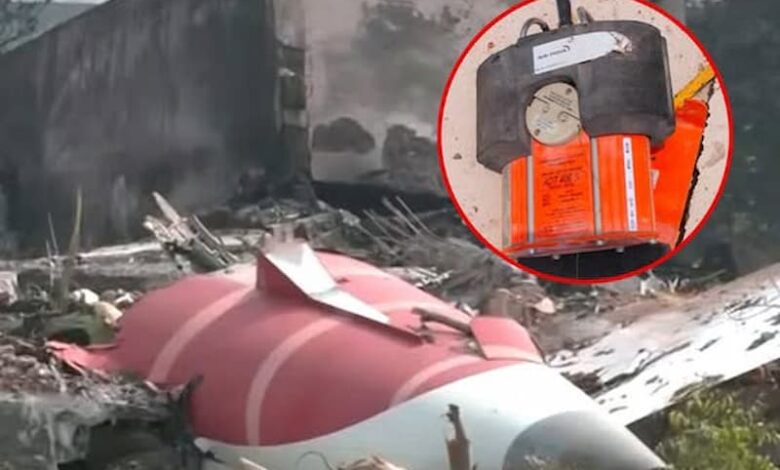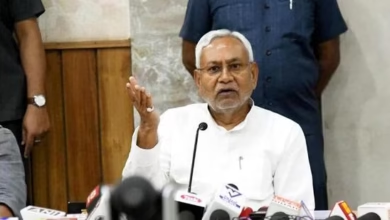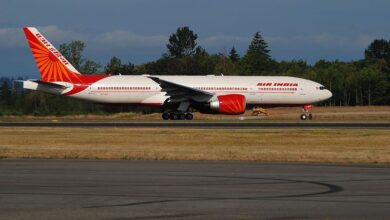Air India Crash Aftermath: Safety Checks Intensify Amid Public Concern

Ahmedabad | IP News
On June 12, 2025, Air India Flight AI171, a Boeing 787-8 Dreamliner en route from Ahmedabad to London Gatwick, crashed moments after takeoff from Sardar Vallabhbhai Patel International Airport, killing 241 of the 242 passengers and crew on board, along with at least 33 people on the ground. The tragedy, one of India’s deadliest aviation disasters, struck a medical college hostel in Ahmedabad’s Meghani area, sparking widespread grief and raising urgent questions about aviation safety.
Investigation and Safety Measures
The Aircraft Accident Investigation Bureau (AAIB) is leading a formal probe, supported by experts from the U.S. National Transportation Safety Board (NTSB) and the UK Air Accidents Investigation Branch. One of the plane’s black boxes, the flight data recorder, was recovered from a rooftop near the crash site on June 13, 2025, a critical step in uncovering the cause. Preliminary reports suggest possible issues with wing flap settings or engine performance, exacerbated by the hot weather and heavy fuel load for the long-haul flight.
India’s Directorate General of Civil Aviation (DGCA) has ordered immediate safety inspections of Air India’s entire Boeing 787 fleet, with eight of 34 Dreamliners already examined by June 15, 2025. The DGCA also mandated one-time checks of takeoff parameters for Boeing 787-7 and 787-9 aircraft starting June 15, with power assurance checks to follow.
“These measures are preventative to ensure no lapses in safety,” Civil Aviation Minister Ram Mohan Naidu said.
Public and Official Response
The crash, which claimed prominent figures like former Gujarat Chief Minister Vijay Rupani, has stunned the nation. Prime Minister Narendra Modi visited the site on June 13, describing the devastation as “heartbreaking beyond words.” Condolences poured in from global leaders, including U.S. President Donald Trump, UK Prime Minister Keir Starmer, and UN chief Antonio Guterres. A candlelight vigil in Ahmedabad and Google’s homepage tribute with a black ribbon reflected the collective mourning.
Public concern over aviation safety has surged, fueled by reports of the plane’s low altitude (625-825 feet) before the crash and a mayday call issued by pilots Captain Sumeet Sabharwal and First Officer Clive Kunder. Social media posts on X highlight fears about Boeing’s safety record, referencing past 737 Max incidents, though this was the first fatal crash for a 787 Dreamliner. Families of victims, reliant on DNA matching for identification due to charred remains, have expressed frustration over delays in receiving information.
Sole Survivor’s Account
The lone survivor, British national Vishwash Kumar Ramesh, seated in 11A near an emergency exit, recounted to media, “The lights started flickering, and within seconds, the plane rammed into a building.” Now recovering in Ahmedabad’s Civil Hospital, Ramesh described escaping through a broken door, unaware of his brother Ajay’s fate. His survival has drawn attention to the crash’s intensity, with the plane’s heavy fuel load causing a massive fireball.
Broader Implications
The crash has reignited debates over aviation safety in India, particularly for aging aircraft like the 12-year-old Boeing 787 involved. Boeing and GE Aerospace, the engine manufacturer, have pledged full support for the investigation, with Boeing canceling its Paris Air Show plans to focus on the probe. The tragedy’s economic impact, including potential record-breaking insurance claims, and its effect on public trust in air travel are under scrutiny.
As rescue operations conclude, with 270 bodies recovered by June 15, 2025, the government has promised swift action based on investigation findings. “We are ensuring no lapse in protocol,” Minister Naidu emphasized, noting ongoing DNA testing to return victims’ remains to families.





